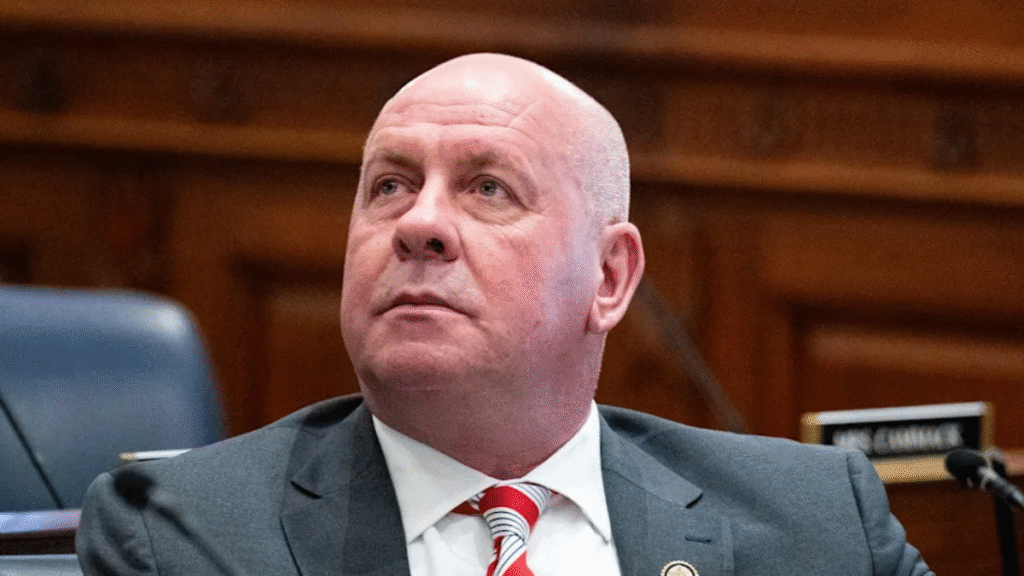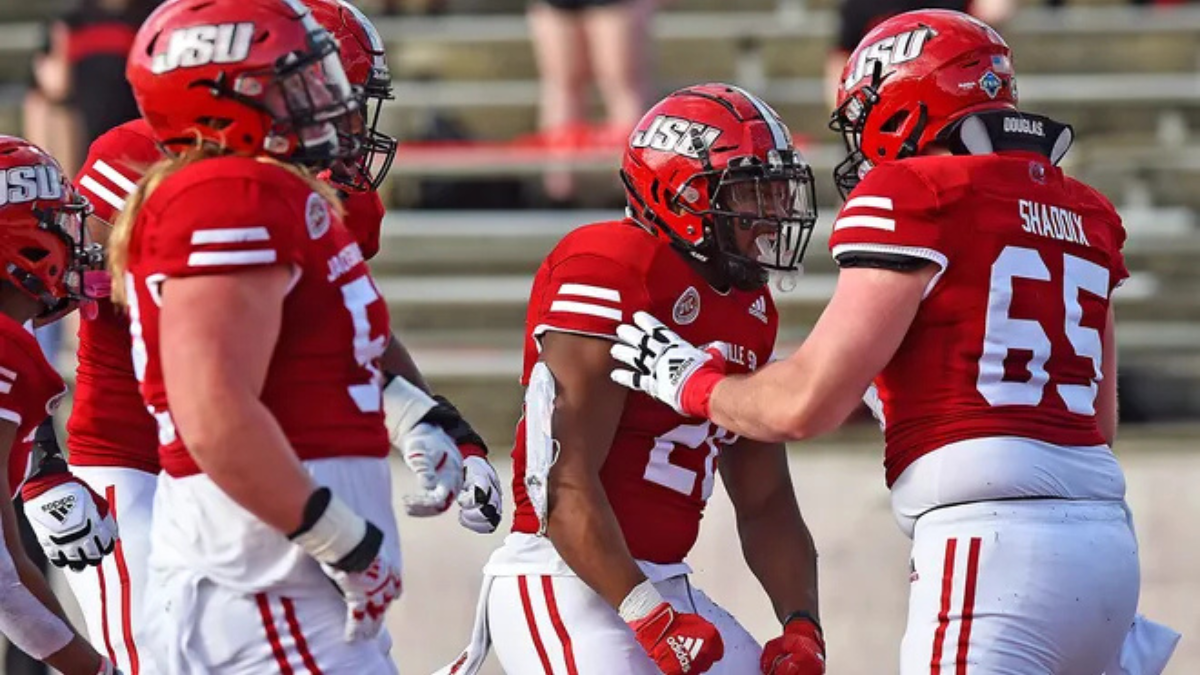Extremist symbols in U.S. politics : The U.S. Capitol Police are conducting an investigation following the discovery of what has been described as a “vile and deeply inappropriate symbol” in the Washington, D.C. office of Republican Representative Dave Taylor from Ohio. The disturbing find has raised concerns within political circles and the broader public, prompting swift condemnations and a thorough inquiry into the incident.
Details of the Incident

According to a statement issued by Rep. Dave Taylor, the symbol was located near an office employee’s work area. Taylor acknowledged awareness of the image, describing it as “deeply offensive” and emphasized that the symbol does not reflect the values of himself, his staff, or constituents. While Taylor refrained from revealing details publicly pending the ongoing investigation, Politico reported that the symbol involved an altered U.S. flag featuring a swastika—a symbol widely recognized for its association with hatred and racism.
Immediate Response and Investigation
- In response to the discovery, Taylor reported the matter to Capitol Police
- without delay and has initiated a full-scale investigation alongside law enforcement.
- Taylor’s office confirmed the incident as an act of vandalism and expressed
- strong condemnation of the hateful symbol.
Due to the current government shutdown, Capitol Police media relations were limited; CNN was informed that the public information office was closed, restricting official comments on the case’s progress.
Context and Political Repercussions
The appearance of such a symbol in a Congressional office is unprecedented in recent political history and has sparked outrage across party lines. Politicians and public commentators have called for accountability and heightened security measures in government buildings to prevent similar incidents.
- This event underscores ongoing concerns regarding political polarization and the presence
- of extremist imagery in civic spaces. The swastika’s history as a symbol of
- Nazi ideology and hate crimes adds gravitas to the offense and has prompted
- numerous voices advocating education, awareness, and preventative
- strategies to tackle hate symbols nationally.
Rep. Dave Taylor’s Statement
Taylor’s public statement sought to distance himself and his team from the offensive imagery. He branded the symbol as “vile” and reaffirmed his commitment to condemning such acts unequivocally.
“I am aware of the image that was found in my office and understand how deeply offensive such symbolism is,” Taylor said. “This does not represent the values of me, my staff, or the people I serve, and I condemn it in the strongest terms.” His call for unity and respect highlights the impact such acts have on the workplace and community.
Security and Prevention Measures Amid Shutdown
- The incident occurs during a period of federal government shutdown, which has restricted
- various operations including public information dissemination from
- Capitol Police. This shutdown has complicated communication
- but also sharpened focus on physical and workplace security in government offices.
There are growing calls to enhance safeguards, increase surveillance, and foster a culture of vigilance and respect within federal buildings to prevent hate symbols and vandalism of any form.
Public and Media Reaction
News of the incident quickly spread through social media and traditional outlets, drawing widespread condemnation. Experts on extremism emphasize the importance of swift, transparent investigation and appropriate prosecution to deter future occurrences.
- Advocates for civil rights and anti-hate organizations have also used this moment to
- emphasize educating the public about the consequences and hateful ideologies
- behind such symbols and to promote inclusion and mutual respect.
As the investigation continues, Rep. Taylor and Capitol Police have promised full cooperation and comprehensive efforts to identify those responsible.
This case remains a sobering reminder of the need for ongoing vigilance against hate-based acts in America’s political institutions and the significance of fostering environments that uphold dignity and respect for all.








